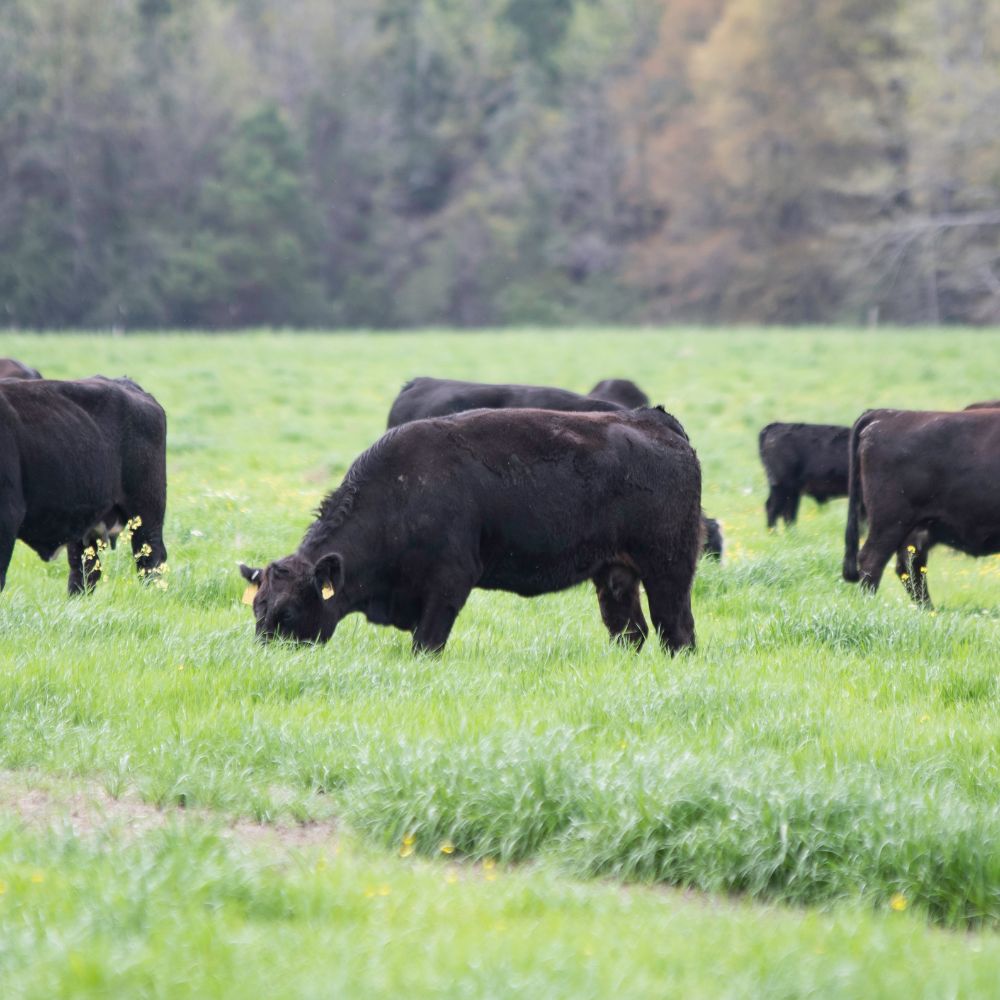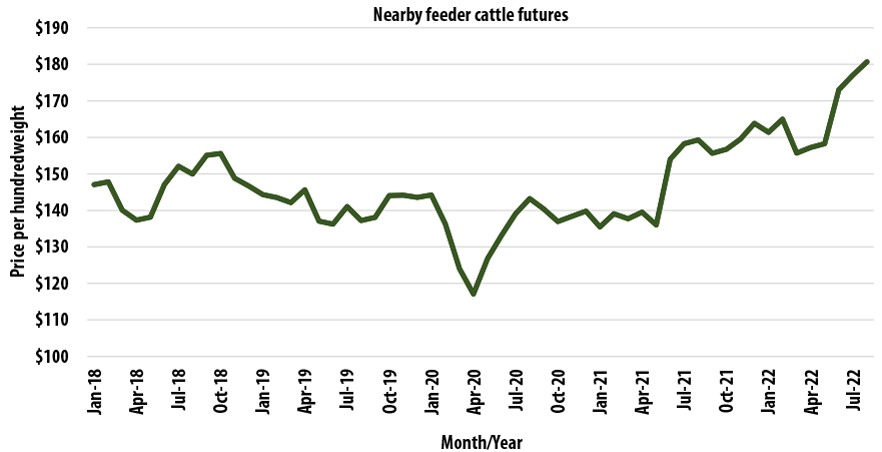Key Elements to Think About When Picking Animals Threat Defense (LRP) Insurance Policy
When assessing options for Animals Danger Security (LRP) insurance coverage, a number of essential elements necessitate mindful factor to consider to ensure effective danger management in the agricultural field. Choosing the best protection choices customized to your certain livestock operation is critical, as is understanding just how superior prices correlate with the degree of protection used.
Insurance Coverage Options
When taking into consideration Animals Risk Defense (LRP) insurance coverage, it is crucial to comprehend the various protection choices available to minimize dangers in the farming field. Livestock Threat Protection (LRP) insurance supplies different coverage choices tailored to meet the varied demands of animals producers.
One more crucial coverage choice is the endorsement period, which determines the size of time the insurance coverage is in result. Producers can choose the recommendation period that ideal suits their manufacturing cycle and market conditions. In addition, protection levels and rates differ based upon the sort of livestock being guaranteed, offering producers the adaptability to customize their insurance policy intends according to their particular requirements.
Recognizing the different insurance coverage alternatives readily available under Animals Danger Protection (LRP) insurance coverage is vital for manufacturers to make enlightened choices that successfully safeguard their animals procedures from market uncertainties.
Costs Expenses

Livestock Threat Protection (LRP) insurance gives vital insurance coverage choices customized to mitigate threats in the farming market, with a substantial facet to think about being the computation and framework of premium prices. These include the type and number of animals being insured, the protection level chosen, the existing market costs, historic rate information, and the length of the insurance coverage period.
Premium prices for LRP insurance policy are typically calculated based upon actuarial data and take the chance of assessment designs. Insurance firms analyze historic data on animals rates and production expenses to figure out an ideal premium that shows the level of danger included. It is crucial for animals manufacturers to thoroughly examine premium prices and protection choices to guarantee they are sufficiently secured versus prospective economic losses as a result of unfavorable market problems or unanticipated events. By comprehending exactly how premium expenses are determined and structured, manufacturers can make educated choices when picking the ideal LRP insurance plan for their operation.
Eligible Animals
The determination of eligible livestock for Livestock Risk Defense (LRP) insurance coverage entails cautious factor to consider of certain requirements and qualities. Animals types that are usually qualified for LRP insurance policy include feeder cattle, fed swine, livestock, and lambs. These pets need to meet specific credentials related to weight ranges, age, and intended use. In addition, the qualification of livestock may vary based upon the details insurance supplier and the terms of the policy.
Feeder livestock, for instance, are commonly qualified for LRP coverage if they drop within specified weight varieties. Fed livestock may also be eligible, however they should meet specific weight and quality grade needs. Swine eligible for coverage usually consist of market weight pets meant for slaughter. Lambs are one more group of livestock that can be considered for LRP insurance coverage, with aspects such as weight and age playing a crucial role in determining their qualification.
Before choosing LRP insurance coverage for animals, producers need to meticulously assess the eligibility standards described by the insurance coverage copyright to ensure their pets satisfy the necessary demands for insurance coverage.
Policy Flexibility
Plan flexibility in Livestock Risk Security (LRP) insurance enables producers to tailor coverage to fit their details demands and take the chance of management techniques. This adaptability encourages livestock producers to tailor their insurance coverage policies based on aspects such as the kind of animals they possess, market conditions, and my sources individual risk resistance degrees. By providing personalized options, LRP insurance policy allows manufacturers to efficiently handle their danger exposure while safeguarding their livestock operations versus unforeseen market volatility.
Cases Refine
Upon experiencing a loss or damages, producers can initiate the insurance claims procedure for their Livestock Risk Defense (LRP) insurance coverage by without delay calling their insurance copyright. It is critical for manufacturers to report the loss immediately to expedite the insurance claims procedure. When connecting to the insurance coverage copyright, producers will need to provide thorough info concerning the occurrence, consisting of the date, nature of the loss, and any type of pertinent documents such as vet documents or market value.

After the analysis is complete, the insurance policy company will certainly choose pertaining to the insurance claim and connect the end result to the manufacturer. The producer will certainly get compensation according to the terms of their Animals Risk Defense (LRP) insurance plan if the case is authorized. It is crucial for producers to be knowledgeable about the claims procedure to ensure a smooth experience in the event of a loss

Verdict
To conclude, when choosing Livestock Danger Security (LRP) insurance, it is important to think about insurance coverage alternatives, premium expenses, eligible livestock, plan adaptability, and the cases procedure. These click here for more info key variables will certainly help ensure that herdsmans and farmers are adequately protected versus visit homepage possible threats and losses related to their animals operations. Making a notified choice based on these considerations can eventually lead to better economic safety and security and peace of mind for animals producers.
Animals Threat Defense (LRP) insurance offers different coverage alternatives tailored to fulfill the diverse needs of animals producers.The decision of eligible animals for Livestock Danger Defense (LRP) insurance protection involves mindful consideration of details criteria and features.Policy adaptability in Livestock Danger Protection (LRP) insurance coverage allows manufacturers to tailor insurance coverage to suit their certain needs and run the risk of monitoring techniques.Upon experiencing a loss or damages, producers can start the cases process for their Animals Danger Defense (LRP) insurance by immediately contacting their insurance coverage company.In verdict, when selecting Animals Threat Protection (LRP) insurance coverage, it is crucial to consider insurance coverage options, premium expenses, qualified livestock, policy adaptability, and the cases process.